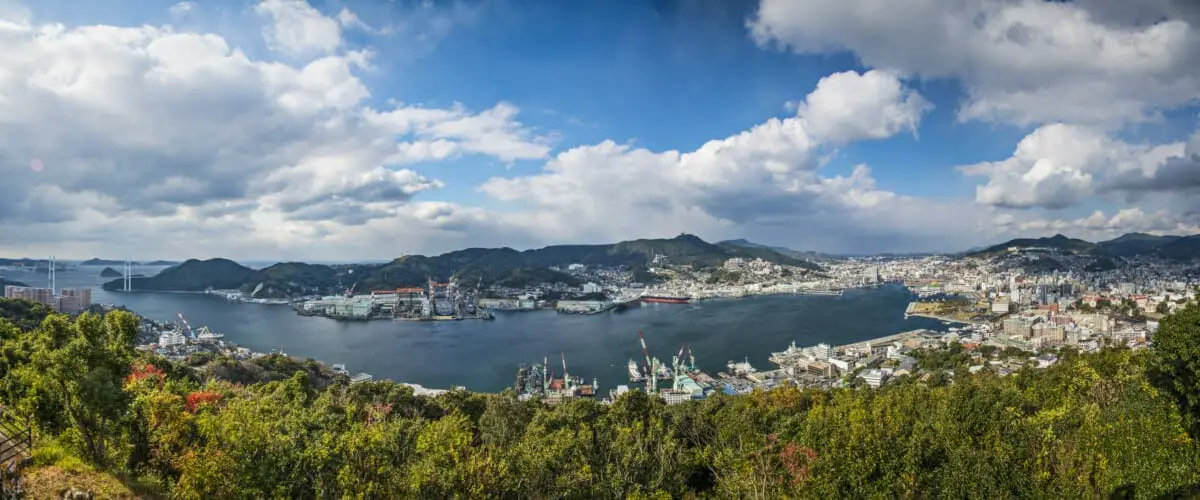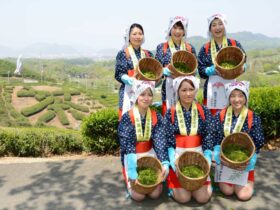Nagasaki is the capital and largest city of the island of Kyushu in Japan’s Nagasaki Prefecture. It is a port city that is blessed with mild winters and long, hot summers. With a fascinating history and spectacular natural landscape, there are countless places to visit and experiences to enjoy.
If you’re a first-time visitor or even a seasoned traveler, planning is key. Use this list of Nagasaki’s ten attractions to help you get the best out of an upcoming trip or just get to know the city better.
From Nagasaki Peace Park to Mount Inasa and Megame Bridge, Nagasaki has something for everyone. You just need to know where to look.
1. Remember the Past at the Nagasaki Atomic Bomb Museum
On August 9, 1945, the United States detonated a plutonium bomb named ‘Fat Man’ at about 1,800 feet (548 meters) over the Urakami district of Nagasaki. At the time, there were 263,000 people living in the city.
The attack devastated the city, killing and injuring up to 150,000 people and razing countless buildings to the ground.
Nagasaki Atomic Bomb Museum Official Website
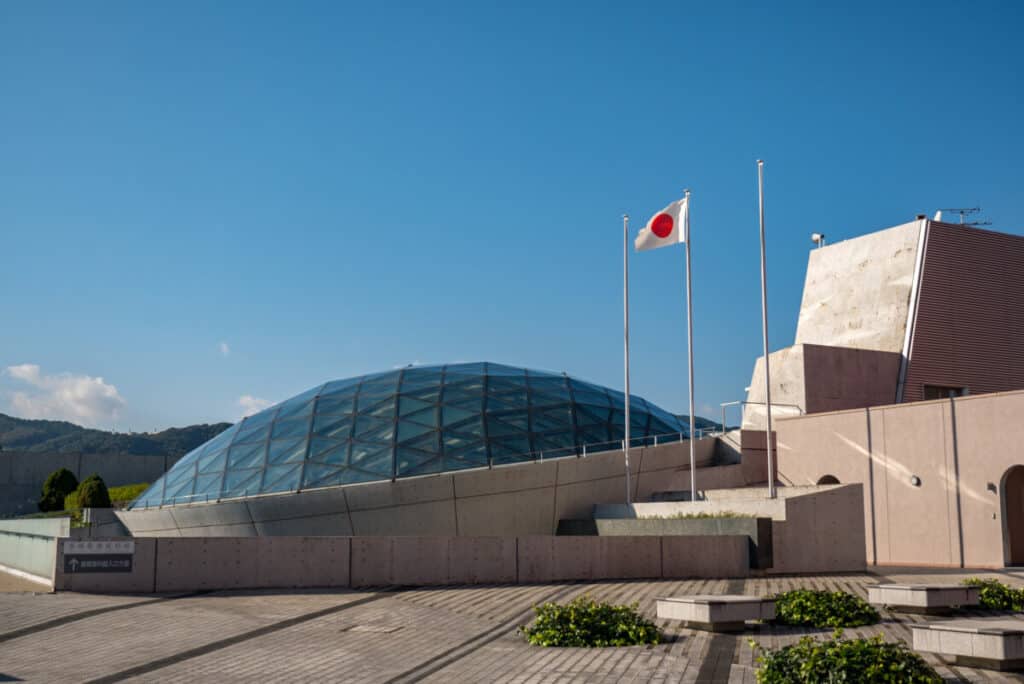
At the Nagasaki Atomic Bomb Museum, you can learn about the event itself and its aftermath, as well as the events during World War II that led to the bombing.
2. Feast Your Eyes at the Nagasaki Lantern Festival
This celebration of Chinese New Year is a must-see for visitors during Nagasaki’s winter. It was founded by the city’s Chinese residents who wanted to recognize their culture and usher in a new year.
Over time it evolved into the Nagasaki Lantern Festival, a 15-day extravaganza celebrating all-things Chinese.
Nagasaki Lantern Festival Official Website
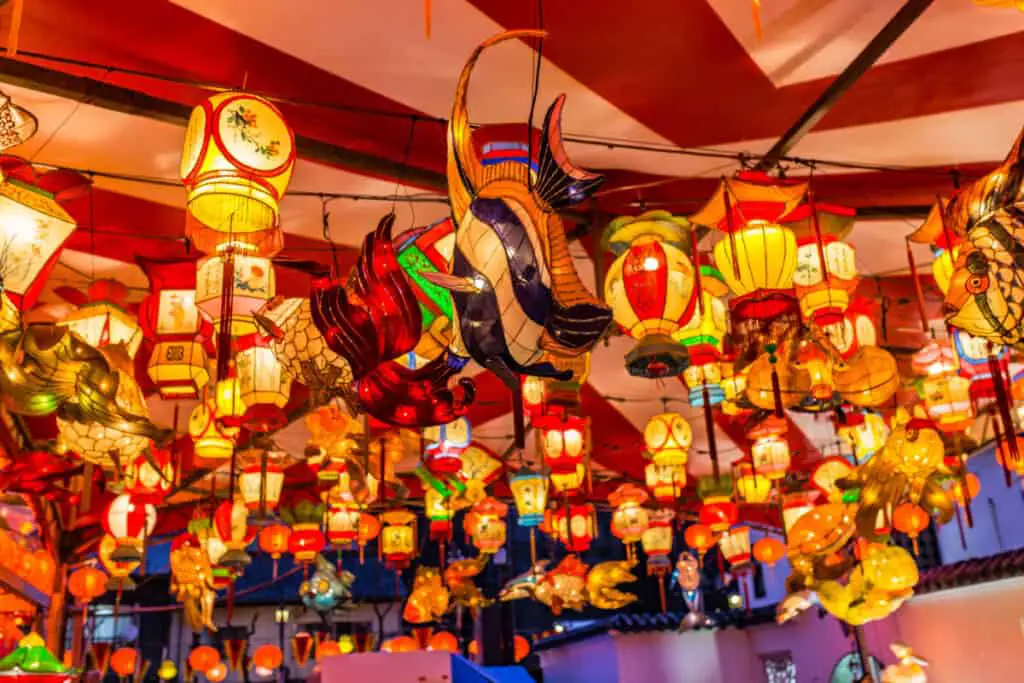
You can lose yourself in the city’s streets and alleys as you marvel at the 15,000 illuminated Chinese lanterns, or simply enjoy the spectacle of the Mazu Procession that commemorates the crews of Chinese ships that came in and out of the port during Japan’s Edo Period.
The festival offers something for everyone, so make sure you don’t miss the Emperor’s Parade, Dragon Dance, Chinese Lion Dance. You must also take the time to marvel at the skilled acrobats and sensational musicians performing on traditional instruments.
3. Treat your taste buds with a culinary tour
Japanese food is famed for its freshness, local delicacies, and unique flavor combinations.
Nagasaki’s fascinating history has created a melting pot of flavors and foods. When you take a culinary tour, you will learn about the city’s most fascinating foods including Champon Chinese noodles, Turkish rice, steamed bao buns, and deep-fried twisted cookies.
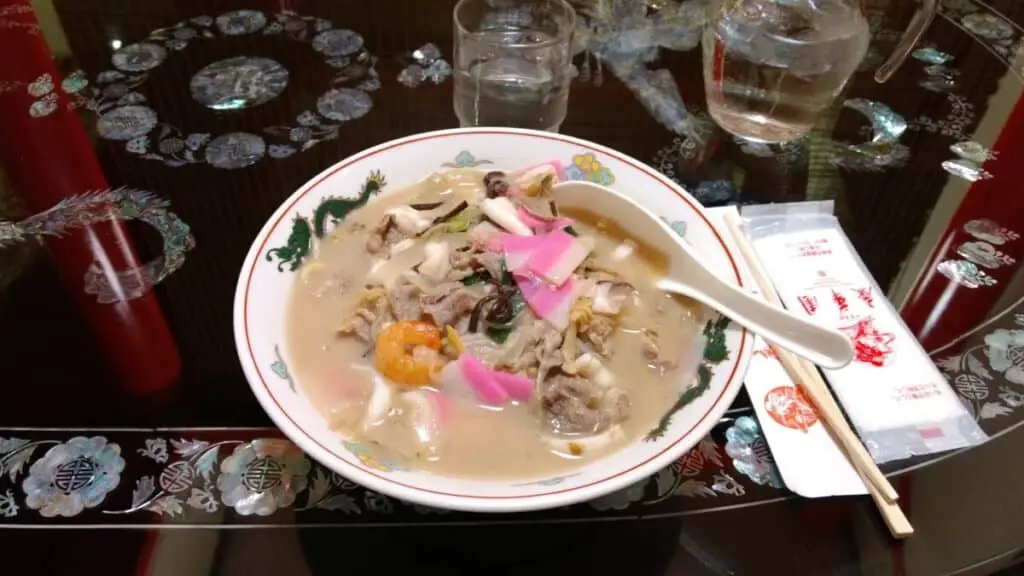
And for those of you who love your coffee, you can even immerse yourself in the city’s coffee culture that dates back centuries!
4. Let your feet do the talking and walk the city
There are few better ways to immerse yourself in a new place than to follow where your feet take you. Nagasaki has countless walking tours with local guides who can point out the cultural, historical, and popular highlights.
For fans of history, walks through the Dejima Protestant Seminary and Oura Cathedral are a must. For everything Chinese, you can’t go past a tour of Nagasaki Shinchi Chinatown.
10 Best Walking Tours Via Tripadvisor
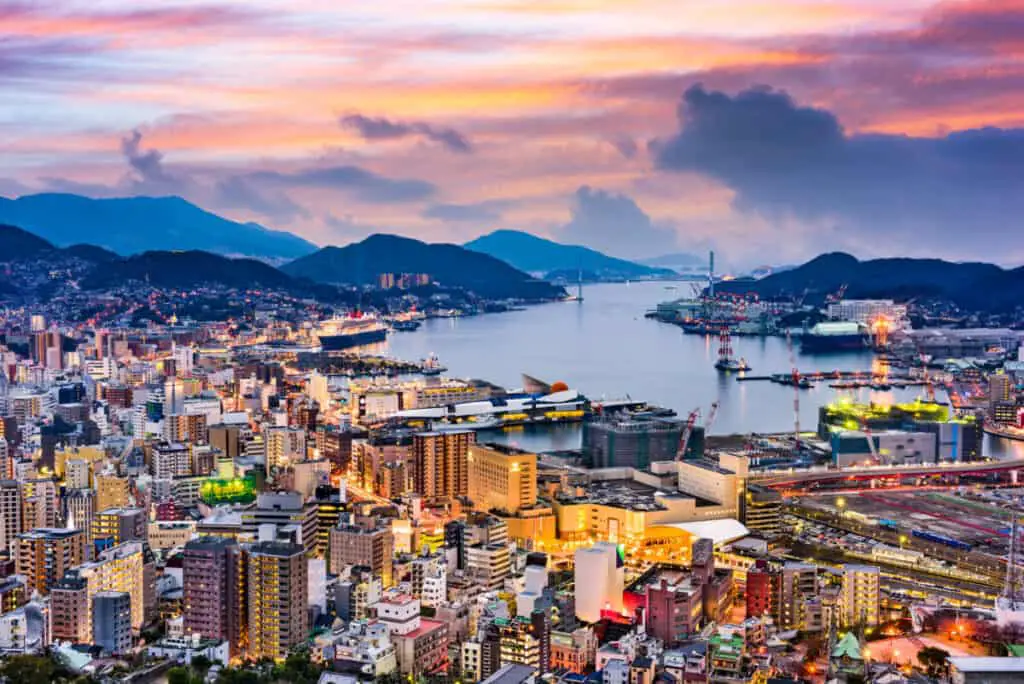
5. Reflect at the Peace Park
The Nagasaki Peace Park is located right next door to the Atomic Bomb Museum and close to the Peace Memorial Hall. All are located close to the hypocenter of the atomic bomb blast of 1945.
Established in 1955, it was built to promote the virtue of peace over war and the hope that such devastation would never again be unleashed in the world.
Nagasaki Peace Park Official Peace Park
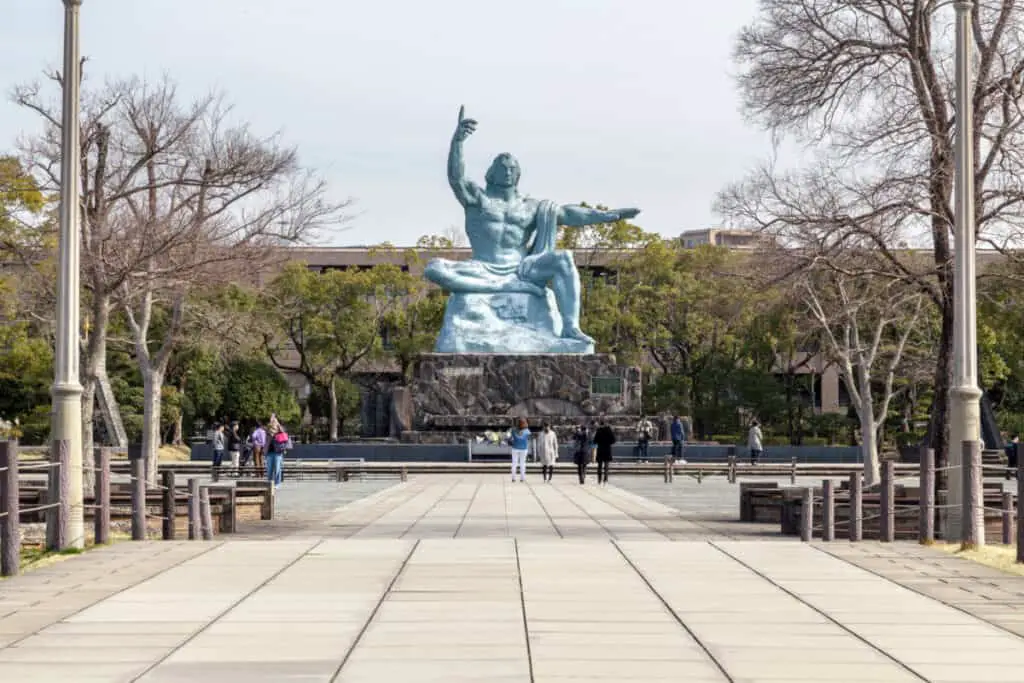
The park features a 31.8 feet (9.7 meters) high statue that represents the citizens of Nagasaki and their desire for peace.
It was created by famed Nagasaki local sculptor Seibou Kitamura as a symbol of Buddha’s divine love and mercy.
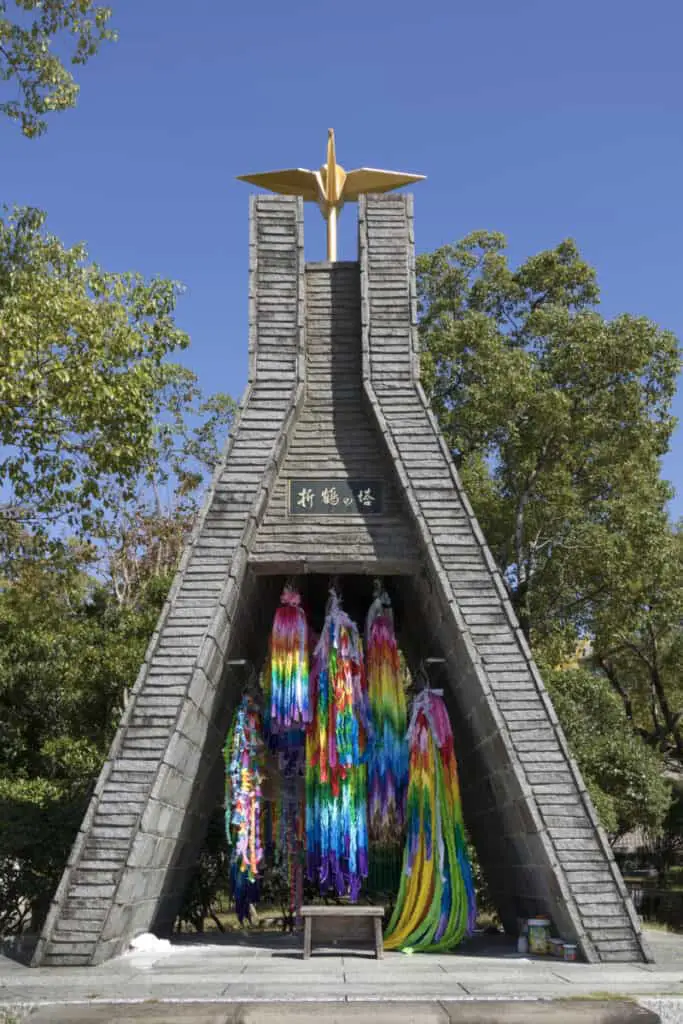
If you’re in Nagasaki in August, don’t miss the city’s annual commemorations. On August 9, the statue was the location for a peace memorial ceremony.
One of the highlights is an avenue of international symbols of peace that have been contributed by nations of the world.
6. Catch a Night-time View at Mount Inasa
Mount Inasa Park is a 1093-feet-high (333 meters) hill that overlooks the city of Nagasaki. Thanks to a circular dome on the summit, you can enjoy a panoramic 360o view of the city below and the countryside beyond.
Mount Inasa Park Official Website
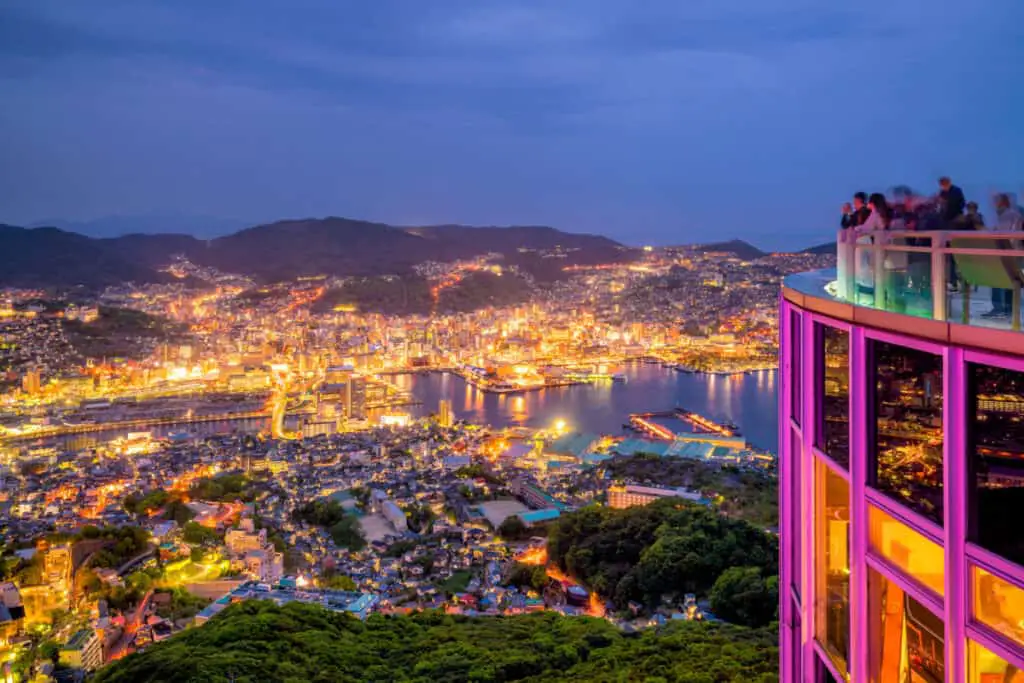
When the clouds part, you can even see Mount Unzen in the far distance and even the Goto islands, over 62 miles (100 kilometers) away!
While a view of the city’s large port and historical settlements is breathtaking during the day, viewing the city at night is a must-see event. Framed by the city’s steep hills, Nagasaki is never more beautiful than she is at night, illuminated by thousands of city lights.
The best way to get to the top is via the Nagasaki Ropeway, a cable car that takes you from the base to the summit along a scenic path. It was opened in 1958.
7. Take Part in the Nagasaki Kunchi Festival
With a long history as a strategic port, Nagasaki was strongly influenced by the Dutch and Portuguese traders who used the location to trade with other parts of Japan, mainland China and further afield.
Each year between October 7-9, locals and visitors alike enjoy the sights and sounds of the Kunchi Festival. It is a celebration of the Dutch and Chinese cultures that have helped shape the city into what it is today.
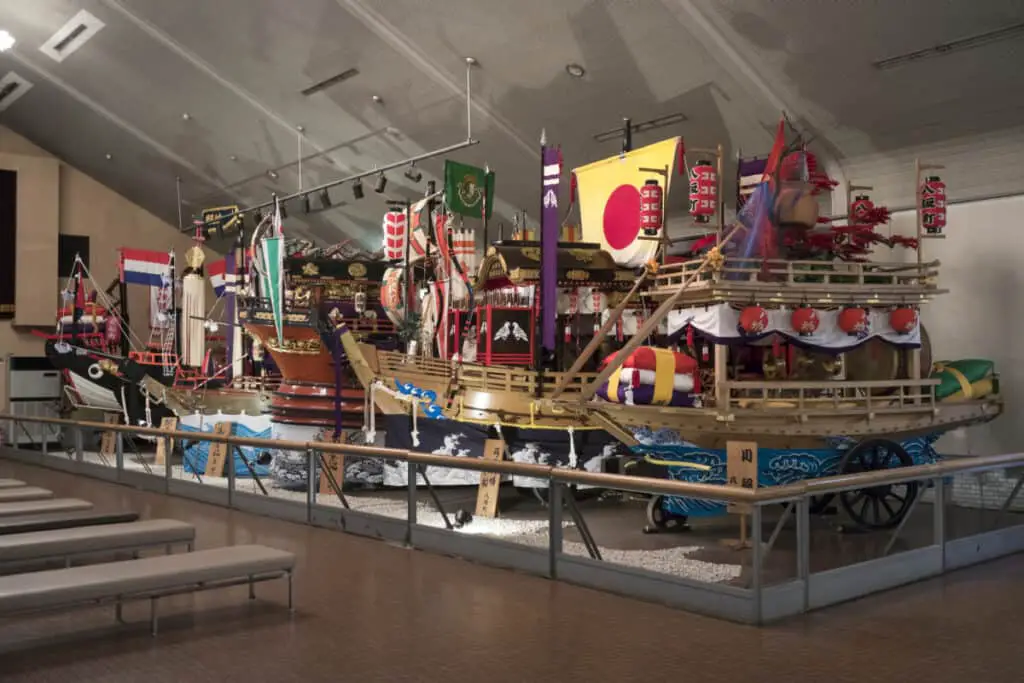
When you attend the festival you’ll get the chance to enjoy the colorful dance performances which, each year, are performed by a different city district. If you come back year after year, there will always be a different dance to enjoy.
The festivities take place around four main stages that are set up around Suwa Shrine, Otabisho, Yasaka Shrine, and Chuo Koen, as well as other locations around the city.
But beware, it’s hard for foreigners to get tickets to the seated areas, so try to get a local guide to help you.
8. Immerse yourself in the city’s cherry blossoms
No trip to Japan is complete without experiencing its world-famous and iconic cherry blossoms. Best viewed between March and April, you can experience Nagasaki’s cherry blossoms best at several beautiful locations around the city.
Tateyama Park is just a 20-minute bus ride from Nagasaki Station and you can enjoy its 700 trees that are dotted along the hillside terraces.
It’s a great place for a picnic, but make sure you stay after the sun goes down to see the trees illuminated at night.
Tateyama Park Official Website
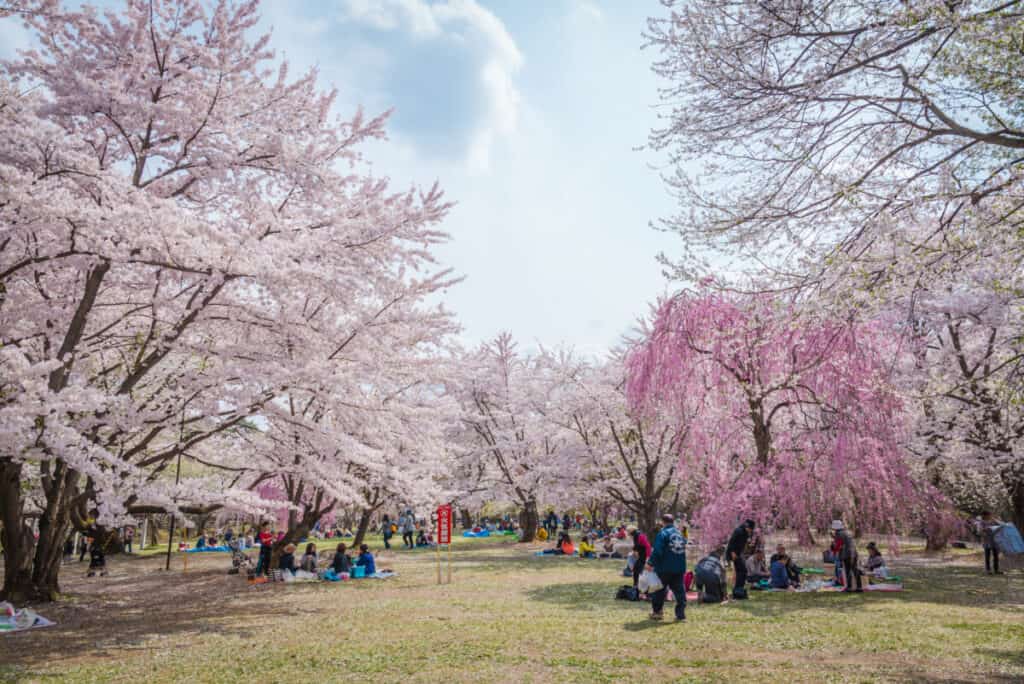
Skura no Sato Park is about an hour’s bus ride from the center of the city but it is well worth the effort. With several hundred trees to enjoy, as well as tennis courts and playgrounds for the children, the park boasts something for everyone.
Nagasaki Peace Park has around 200 cherry blossoms and when spring comes around and they are in full bloom, they serve as a somber reminder of the futility of war and how we need to keep striving for peace.
9. Enjoy the history of Megane-Bashi
Thanks to the trading importance of the Port of Nagasaki, the Nakajima River has long been the city’s main artery.
Megane-Bashi was built in 1634 to traverse it, and it stands as Japan’s first Chinese-style stone bridge.
Megane Bashi Bridge Location Via Google Maps
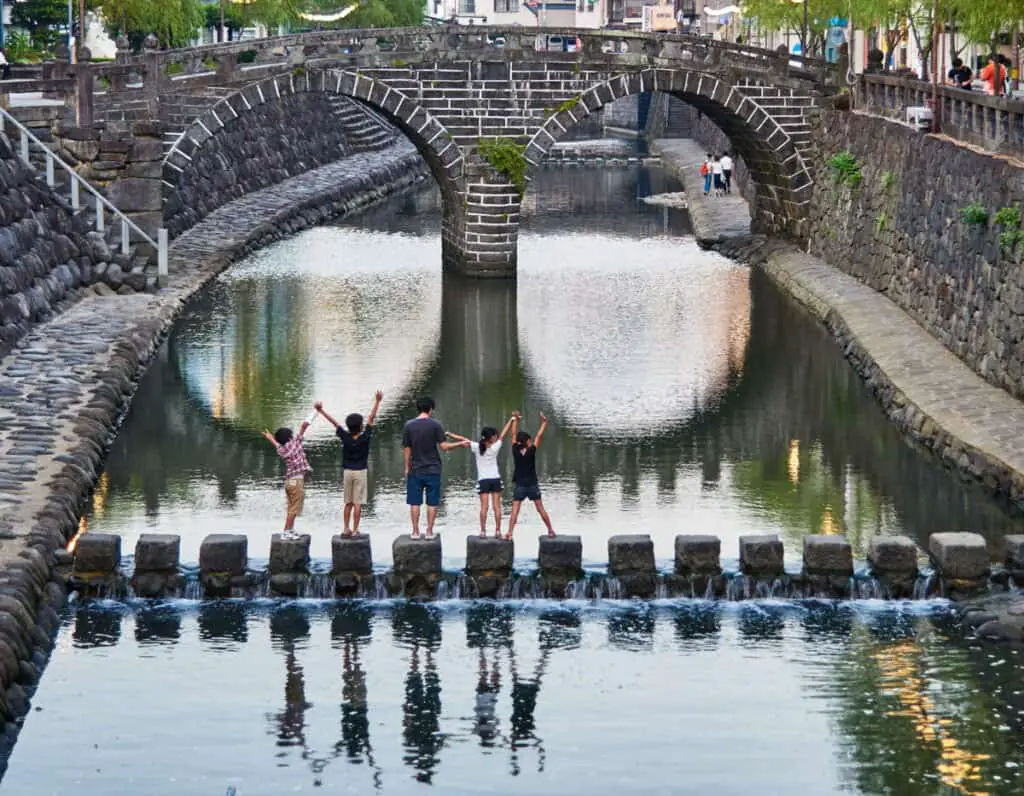
It was built by Mokusunyoujo, the second-generation Chinese monk of Kofukuji Temple, Japan’s oldest Chinese Temple, and it is one of the three most famous bridges in Japan alongside Edo’s Nihonbashi Bridge and Iwakuni’s Kintaikyou Bridge.
It is fondly known as Spectacles Bridge, thanks to its almost circular archways that look like a pair of glasses peering at you from the top of the water.
10. Look in awe at the ‘battleship’ of Hashima Island
Lying just 2.8 miles (4.5 kilometers) west of the Nagasaki Peninsula, Hashima Island is an unforgettable and unsettling feature of the city’s landscape.
The island is tiny, about 1,574 feet long and 525 feet wide (480 meters long and 160 meters wide) and its reinforced grey, concrete walls give it the look of a battleship.
Battleship Island Location Via Google Maps
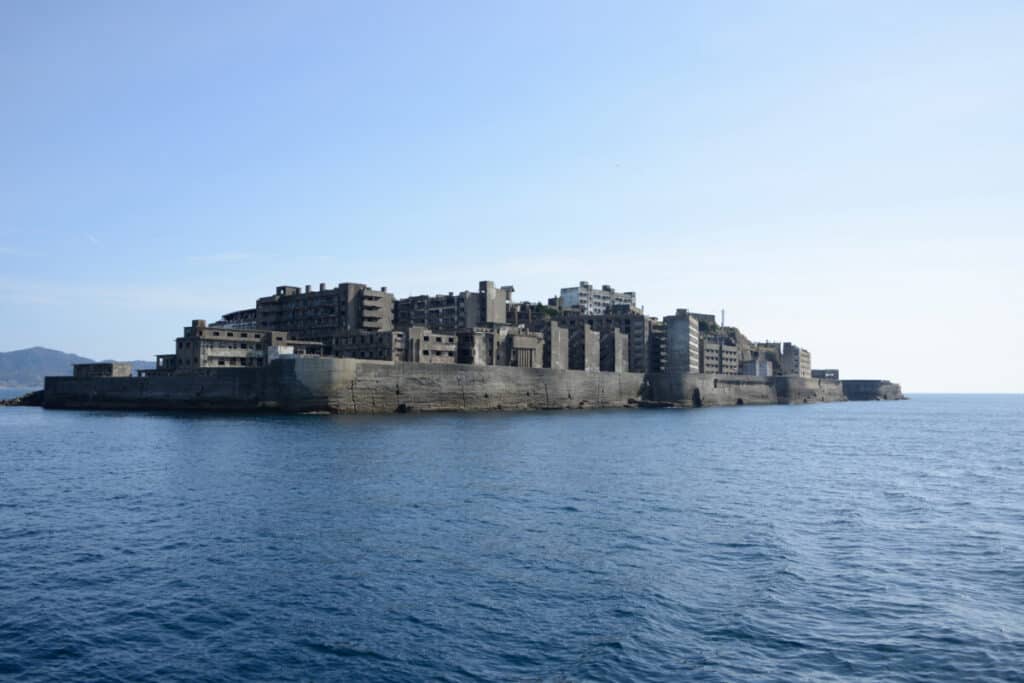
This is why it is commonly known as ‘Gunkanjima’, or Battleship Island.
The island sits atop a seabed coalmine and now that this has closed, it is a popular tourist attraction. For those of you who love your industrial history, or are happy to see a deserted and derelict site, this is an interesting area to explore for an afternoon.

